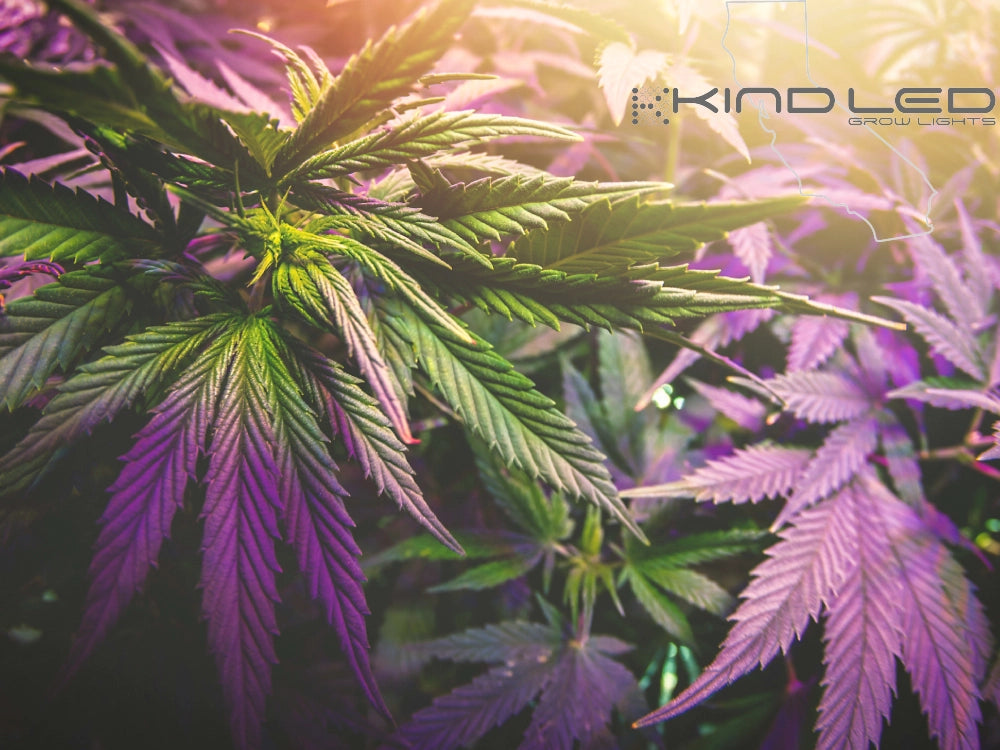Mastering the Art of Indoor Cannabis Growing

Mastering the Art of Indoor Cannabis Growing: Tips and Techniques for Success
Indoor cultivation provides cannabis enthusiasts with the opportunity to have complete control over their growing environment, allowing for year-round cultivation and the ability to fine-tune conditions for optimal plant health and high-quality yields.
This blog article will delve into indoor cannabis cultivation, exploring the benefits, key considerations, and essential tips to help you embark on a successful indoor growing journey.

Cultivating Cannabis Indoors: A Comprehensive Guide to Indoor Growing
Unlocking the Benefits of Indoor Cultivation
Climate Control: Indoor growing eliminates the dependency on external weather conditions, allowing growers to maintain a stable temperature, humidity, and ventilation levels throughout all growth stages. This control helps create an ideal environment for robust plant growth and maximizes yield potential.
Year-Round Cultivation: Indoor cultivation enables cannabis enthusiasts to grow their favorite strains regardless of the season. By replicating natural light cycles using grow lights, you can manipulate the vegetative and flowering stages, allowing for multiple harvests per year.
Security and Privacy: Growing cannabis indoors offers greater security and privacy than outdoor cultivation, reducing the risk of theft or unwanted attention. This makes it an appealing option for those living in areas with strict regulations or limited outdoor growing space.
Setting up Your Indoor Cannabis Grow Room
Space Considerations: Determine the available space for your indoor grow room. Consider factors like square footage, height, accessibility, and proximity to electrical outlets. Ensure there's sufficient room for plants to grow vertically and for equipment such as grow lights, ventilation systems, and other necessary components.
Lighting Options: The right grow lights are crucial for successful indoor cultivation. Options include High-Intensity Discharge (HID) lights (MH and HPS), Light-Emitting Diodes (LEDs), and Fluorescent lights. Each type has its advantages and considerations, so research and choose the lighting system that best suits your needs, budget, and the specific growth stages of your plants.
Ventilation and Air Circulation: Adequate ventilation is essential to maintain a healthy grow room environment. Install exhaust fans, intake fans, and carbon filters to control temperature, humidity, and remove stale air. Promoting proper air circulation helps prevent the development of pests, molds, and mildew.
Growing Medium and Containers: Choose a suitable growing medium, such as soil, coco coir, or hydroponics, based on your preferences and experience level. Select appropriately sized containers with drainage holes to ensure proper root oxygenation and moisture control.
Nutrients, Watering, and Feeding
Nutrient Management: Cannabis plants require essential macronutrients (nitrogen, phosphorus, potassium) and micronutrients for healthy growth. Use high-quality, cannabis-specific nutrient solutions and follow recommended feeding schedules to provide the correct nutrient balance at each growth stage.
Watering Techniques: Avoid overwatering or underwatering your cannabis plants. Monitor soil moisture levels, adjust watering frequency based on plant needs, and ensure proper drainage to prevent waterlogging. pH balance is also crucial; maintain a range of 6.0-6.5 for soil and slightly lower for hydroponic systems.
Pest and Disease Prevention
Integrated Pest Management (IPM): Implement an IPM strategy to prevent and manage pests and diseases. Regularly inspect plants for signs of infestation or disease, use organic pest control methods, and maintain cleanliness in the grow room to minimize risks.
Quarantine and Sterilization: Quarantine new plants or clones before introducing them to your grow room to prevent the spread of pests or diseases. Sterilize equipment, tools, and grow room surfaces to maintain a clean and healthy environment.
Training and Pruning Techniques
Topping and FIMming: These techniques involve selectively removing the plant's top growth to promote bushier growth and increase the number of colas, leading to higher yields.
LST (Low-Stress Training): By gently bending and tying down branches, LST helps create an even canopy and maximizes light penetration, resulting in more uniform growth and improved bud development.
SCROG (Screen of Green): Using a screen or net, SCROG helps create an even canopy by training plants to grow horizontally. This technique optimizes light distribution and promotes bud sites across the entire plant.
Pruning and Defoliation: Removing lower leaves and unnecessary foliage allows for better airflow and light penetration and reduces the risk of mold or mildew. However, be cautious not to over-prune, as leaves are crucial for photosynthesis.
Light Cycles and Photoperiod Management
Vegetative Stage: Provide 18-24 hours of light daily to encourage robust vegetative growth. Maintain a consistent light cycle to avoid stress or interruptions.
Flowering Stage: Transition to a 12/12 light cycle (12 hours of light, 12 hours of uninterrupted darkness) to initiate flowering. Ensure complete darkness during the dark period, as light leaks can disrupt the flowering process.
Harvesting and Drying
Trichome Assessment: Use a magnifying tool to examine the trichomes' color and maturity. Harvest when the trichomes are cloudy or have a mix of cloudy and amber for a balanced effect.
Flushing: About one to two weeks before harvest, flush the plants with plain water to remove excess nutrients and improve the final flavor and smoothness of the buds.
Drying and Curing: Hang trimmed branches upside down in a cool, dark, well-ventilated area with moderate humidity to dry the buds. Once dry, cure the buds by placing them in airtight containers, opening them periodically to release moisture and enhance the aroma and potency.
Indoor cannabis cultivation provides a controlled and versatile environment for achieving high-quality yields year-round. By carefully managing lighting, ventilation, nutrients, and training techniques, you can optimize plant health, promote vigorous growth, and ultimately enjoy the rewards of a successful indoor cannabis harvest.




